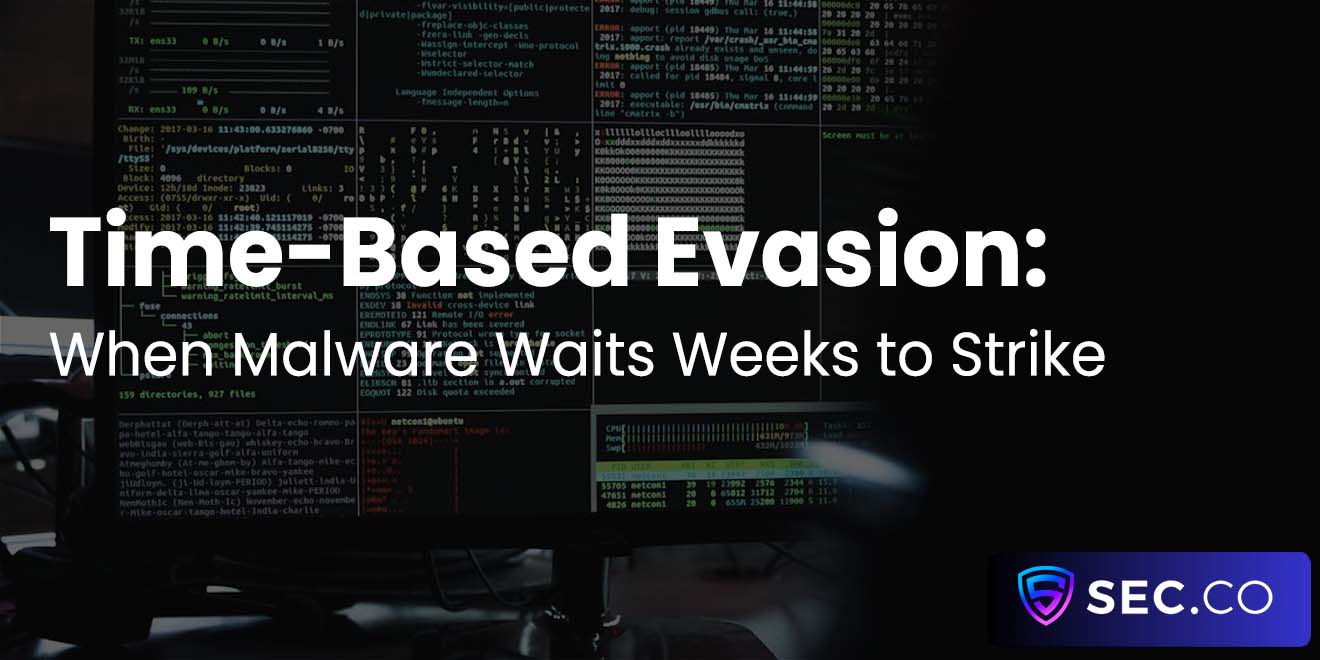Why Traditional Email Security May Not Be Enough
If you’re like most professionals these days, your morning routine probably starts with checking your inbox—often before that first cup of coffee. Email is such a standard part of our work and personal lives that we rarely question whether the security measures behind it are keeping pace.
But given the constant headlines about data breaches, phishing scams, and ransomware, it’s worth taking a step back to see if the old standbys—like basic spam filters or antivirus software—are still cutting it. Spoiler alert: they might not be.
Hackers Have Stepped Up Their Game
A decade or so ago, phishing emails were easier to spot. They featured glaring typos, suspicious links, or oddball requests (“Click here to claim your massive fortune!”). But times have changed. Attackers now do their homework, crafting messages that sound eerily legitimate and look almost indistinguishable from routine office chatter.
They’ll research a company’s structure on social media, pose as a real colleague, and sprinkle in enough familiar details so you don’t even blink before clicking a link. That’s why old-school spam filtering—primarily hunting for known keywords and suspicious addresses—sometimes falls flat. The criminals have gotten way too good at blending in.
Beyond Just Filtering: Social Engineering
A significant gap in traditional email security is that spam filters don’t always address the human side of hacking. Think about the last email you opened that said something like, “Your account will be deactivated unless you respond immediately.”
Anything that pressures you with a sense of urgency is a classic social engineering trick designed to short-circuit your better judgment. You might be tired at the end of a long day or juggling multiple tasks, so you click first and think later. Traditional solutions do little to help with these subtle psychological manipulations—they just look for digital red flags.
Zero-Day Threats and New Vulnerabilities
Then there’s the issue of zero-day threats. These are security loopholes so new that even software developers haven’t patched them yet. If an attacker slips a zero-day payload into an attachment, your trusty antivirus that relies on outdated signature databases may not catch it in time.
That’s how sophisticated criminals exploit the lag between discovery and response. Once that malicious file is inside your system, the damage can escalate quickly, from data theft to system lockouts.
Human Error: The Underrated Risk
In countless breach reports, the common thread is human error. Maybe an employee sends sensitive documents to the wrong person by mistake or overlooks an email that looks legitimate but isn’t. Traditional email security isn’t built to prevent these everyday blunders.
Sure, spam filters may weed out the obviously bad stuff, but they can’t catch a scenario where someone misaddresses an email or forgets to use encryption for highly sensitive files. Modern solutions—such as Data Loss Prevention (DLP) tools—aren’t just about detecting malware; they also help spot potential slip-ups before they go out into the wild.
Criminals Are Always Adapting
No security solution remains foolproof forever. Attackers keep up with security industry trends and update their tactics accordingly. They might combine multiple threats in a single campaign: a phishing email that carries a malicious link which then installs a keylogger to grab your passwords.
If your organization is only leaning on “one-and-done” defenses like static scanning tools, you’re missing the ability to detect a chain of suspicious events. Advanced systems look not just at isolated files, but at patterns of behavior—like unusual login attempts or data movement—that could signal a hidden threat brewing in your network.
Building a Better Defense

All of this might sound a bit unnerving, but the good news is there are plenty of ways to shore up your email defenses. It starts with educating your team—help them figure out how to recognize social engineering tactics (think random urgent requests, unusual attachments, or transactions that “must happen ASAP”). Back that up with layered security tools. Policies like two-factor authentication, email encryption, and sandboxing attachments can go a long way toward preventing a single reckless click from turning into a full-scale crisis.
On top of that, it’s a smart idea to establish a “see something, say something” culture. If an email looks fishy, encourage people to forward it to IT for verification. Many breaches could be stopped in their tracks if someone pauses to ask, “Wait, does this email make sense? Is the sender actually who they claim to be?”
Staying One Step Ahead
If your organization has been relying on basic spam filters, it might be time for a reality check. Email remains the top communication channel in most workplaces, and cybercriminals know it. By blending tried-and-true methods (employee training and consistent policy enforcement) with modern, intelligent security solutions (behavior-based threat detection, real-time scanning, etc.), you’ll be in a better position to fend off attacks that slip past yesterday’s defenses.
At the end of the day, no technology can guarantee 100% protection because hackers evolve their strategies nonstop. But if you stay informed, invest in the right tools, and make security a part of your everyday mindset, you’ll be well on your way toward keeping your inbox safe—and your peace of mind intact.
Trusted by the Web Community
See what we written lately
Request an invite
Get a front row seat to the newest in identity and access.















